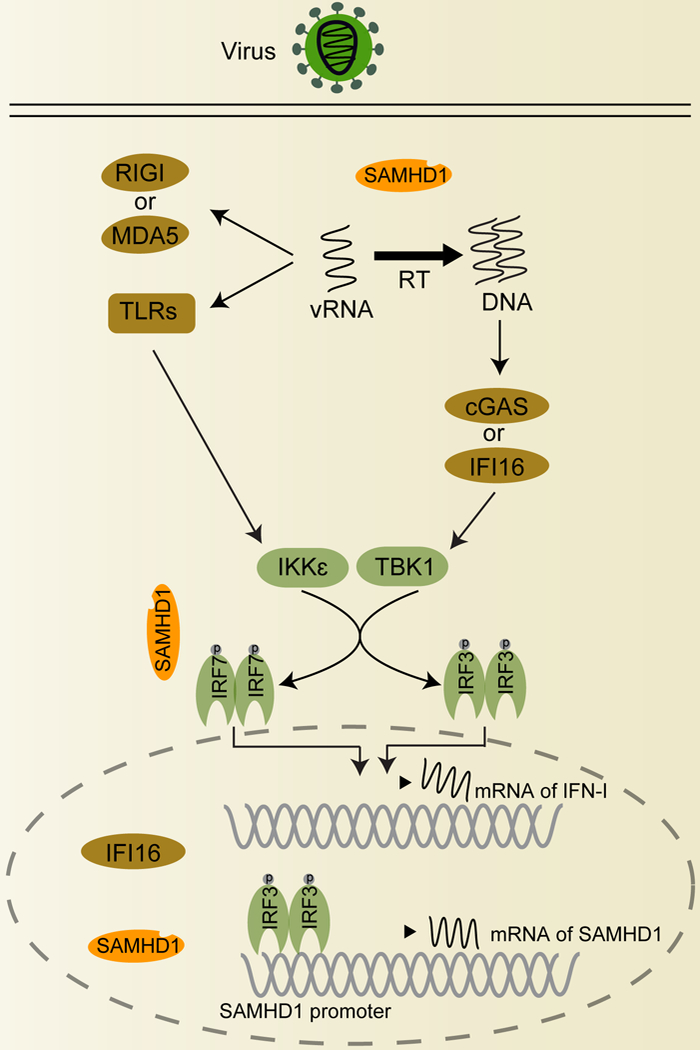Figure 1. SAMHD1 down-regulates the IFN-I pathway.

In the IFN-I innate immune pathway, viral RNA released in infected cells is recognized by RIG-I and MDA5 in the cytosol or TLRs in endosome, leading to activation and phosphorylation of both IRF3/7 by TBK1 or IKKε.IRF3/7 forms homo- or hetero-dimers and translocate into the nucleus to induce IFN-I expression. The DNA sensor cGAS in cytoplasm recognizes dsDNA and activates IFN- signaling. IFI16 is expressed in both cytoplasm and nucleus and activates innate immune responses. For retroviruses, SAMHD1 tetramers inhibit viral reverse transcription (RT) by hydrolyzing the intracellular dNTPs, blocking virus replication and preventing subsequent viral DNA-induced innate immune responses. For RNA viruses, SAMHD1 down-regulates RNA sensor-triggered innate immune response by interacting with IRF7 and decreasing IKKε- mediated phosphorylation of IRF7. IRF3 binds to the promoter of SAMHD1 and enhances SAMHD1 mRNA transcription and protein expression. The decreased provirus by SAMHD1 may induce less intensive innate immune response. The circled letter P of IRF3 and IRF7 indicates their phosphorylation. cGAS, cyclic guanosine monophosphate (GMP)-adenosine monophosphate (AMP) synthase; IFI16, gamma-interferon-inducible protein-16; IKKε, inhibitor-κB kinase ε; MDA5, melanoma differentiation-associated protein 5; RIG-I, retinoic acid-inducible gene 1; TBK1, TANK-binding kinase 1; TLRs, Toll-like receptors; vRNA, viral RNA.
